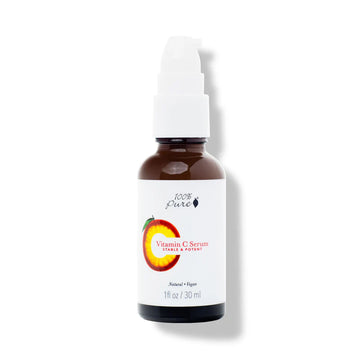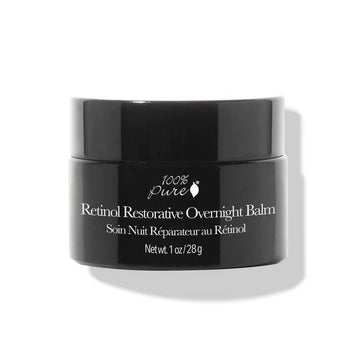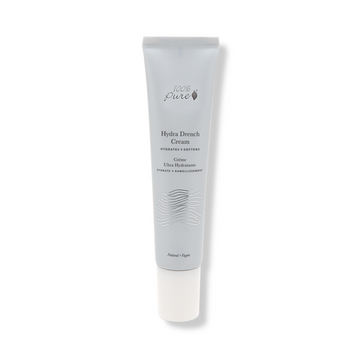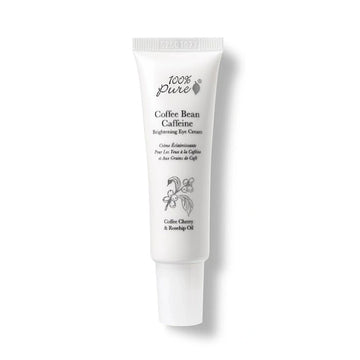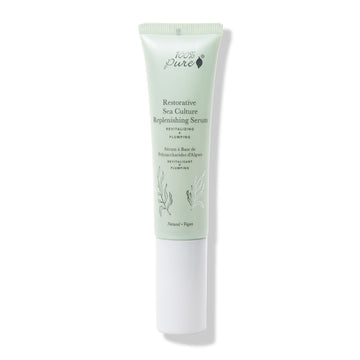How skin absorbs ingredients, and which ones you’ll want to keep out
Posted on May 24, 2024 Written by: 100% PURE®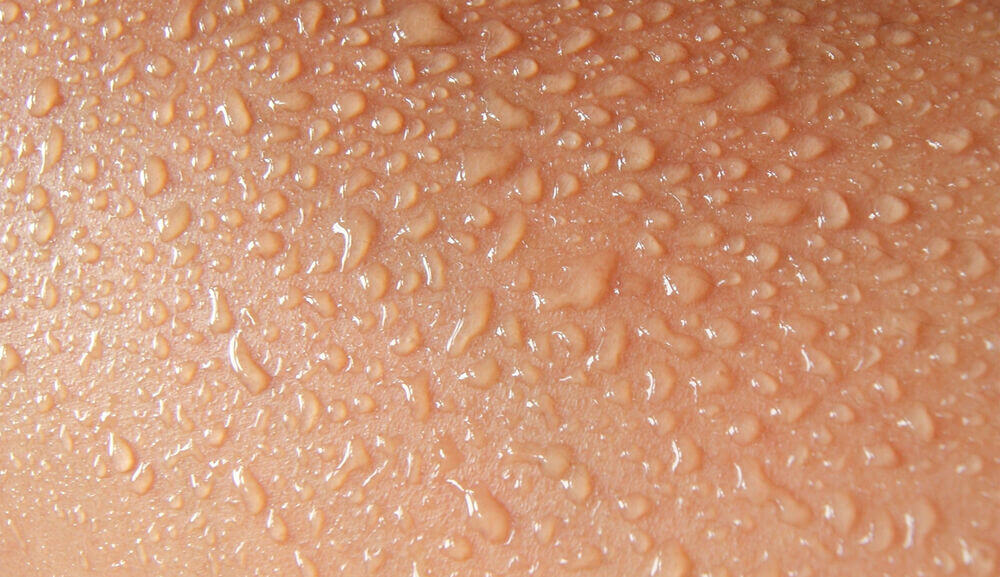
It’s easy to forget that our skin is not the impenetrable fortress we sometimes believe it to be. Yes, it’s our largest, most protective organ. But like many other bodily functions, our skin is a complex, often fragile membrane made up of tiny pores, layers, and textures. While our skin has natural protective mechanisms in place, it still requires regular TLC to remain healthy and functional.
What we put on our skin doesn’t just sit on the surface; it travels through an elaborate absorption process. Skin absorption is dependent on the thickness of the outer layer of the skin, the stratum corneum – and the substance’s ability to get past the ‘brick and mortar’ components of the skin. Though our skin has this robust structure in place, there are a few things that can make it or break it.
When it comes to beauty, there are certain skin care ingredients we’d love to penetrate to our deepest layers that are safe and effective. A great example is vitamin C, or vitamin E. But there are also toxic compounds that can be absorbed through your skin, making it all the way into your bloodstream. This is why it’s crucial to know what’s going on your skin, and potentially infiltrating your internal systems.
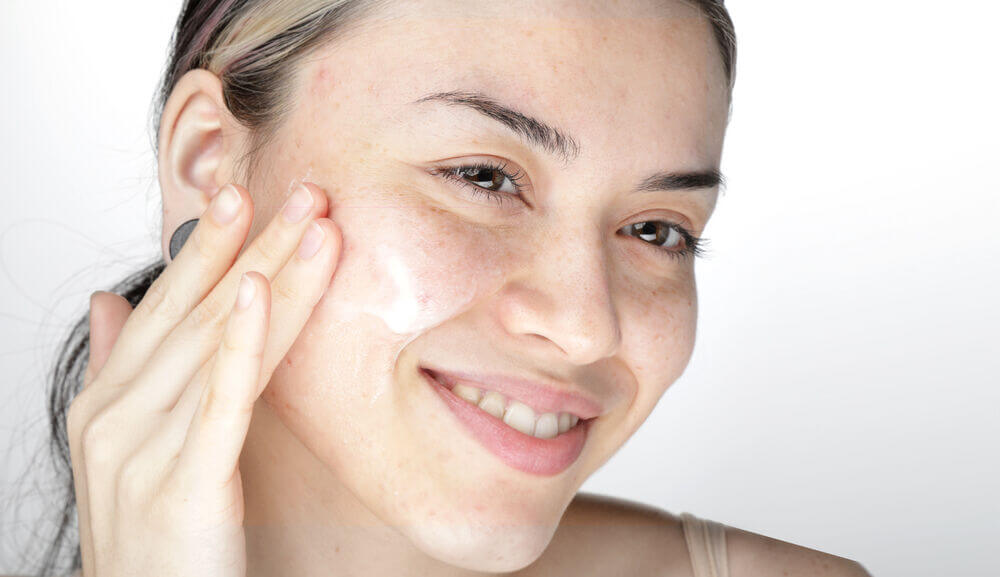
Good Vs. Bad Skin Absorption
When it comes to choosing skin care products, becoming an ingredient label expert and knowing how to see through marketing jargon can help you steer clear of common toxic ingredients.
There are certain ingredients that, when absorbed into skin, have a beneficial and effective beauty purpose. Hyaluronic acid is one of the beneficial ingredients for skin absorption. It helps to restore essential hydration to parched skin, and give our skin a youthful bounce.
When your body is absorbing ingredients that it doesn’t recognize or can’t break down, that’s where you run into issues. Some toxic ingredients can potentially infiltrate your bloodstream, and trigger serious health concerns. Parabens, which can mimic the hormone estrogen in the body, are popular preservative ingredients found in many mainstream products. They have been deemed endocrine disruptors, and can have serious side effects with long term use.

PEGs and Skin Absorption
Skin absorption doesn’t just stop at harsh chemicals or toxic ingredients – look out for fillers, too. A commonly used filler can be found on ingredient lists as PEG (short for polyethylene glycol). This class of water-soluble polymers have the ability to moisturize skin, preserve a product, and enhance its absorbency, making it a versatile ingredient in many cosmetic formulas.
PEGs are almost often followed by a dash with a number: like PEG-6, PEG-8, PEG-100 and so on. This number represents the approximate molecular weight of that particular PEG compound. Lower weights are better able to penetrate the skin, so you’ll often see lower numbers in your skin care products.
While PEGs are not inherently bad, it’s the combination of their structure, molecular weight, and what they're paired with that’s associated with risk. Since all forms of PEGs can facilitate absorption, non-toxic proponents warn that damaged or compromised skin should not use products with PEGs.
The reputation of PEGs was tarnished when consumers started realizing the irritation and skin sensitization they can cause – and also for the impurities found to contaminate them. Pollutants in PEGs include heavy metals, polycyclic aromatic compounds, and ethylene oxide. When paired with toxic or endocrine-disrupting chemicals, PEGs can also act as a vehicle for quickening absorption of these chemicals into the bloodstream.
When you break down the facts, it’s easy to understand the correlation between topical beauty products and skin absorption – and the margin for risk. While it’s important to read labels and understand which ingredients can be absorbed or effective for our skin, it’s equally crucial to comprehend the associated risks. Almost any ingredient can make its way into your body, your bloodstream, and lymphatic system – so make sure you know what’s going on your skin!
Safe and Effective Products for Healthy Skin Absorption
When it comes to ensuring healthy skin absorption, selecting safe and effective products is paramount. Here are some standout options from 100% PURE, each designed to nourish and enhance your skin through natural and potent ingredients.
The Vitamin C Serum from 100% PURE is a powerhouse for promoting collagen production and enhancing skin elasticity. This lightweight serum is formulated with stabilized vitamin C in a base of hydrating aloe gel, making it both soothing and effective. It's enriched with radiance-boosting green apple and grape extracts, alongside alpha lipoic acid (ALA), which fights oxidative damage that can prematurely age or darken the skin. This vegan and natural serum not only firms and brightens the skin tone but also ensures deep hydration.
Retinol Restorative Overnight Balm
For a nighttime treatment that transforms your skin while you sleep, the Retinol Restorative Overnight Balm is a must-try. This anti-aging cream improves the appearance of firmness, tone, and elasticity thanks to its nourishing blend of vitamins and antioxidants. Vegan retinol works to even out your complexion and reduce the appearance of lines and wrinkles. The balm's rich avocado butter and plant oils deeply moisturize and soften the skin, while a light infusion of organic jasmine essential oil provides a soothing scent.
Hydration is essential for all skin types, and the Hydra Drench Cream excels at locking in moisture. This lightweight cream absorbs quickly and rehydrates thirsty skin with omega fatty acid-rich gel-water from chia seeds. It's perfect for those with oily skin as a standalone moisturizer, and those with drier skin can layer it with an additional oil-based moisturizer for extra hydration. The result is plump, hydrated skin that feels refreshed and revitalized.
Coffee Bean Caffeine Eye Cream
The delicate skin around your eyes deserves special attention, and the Coffee Bean Caffeine Eye Cream delivers just that. Rich in anti-inflammatory, caffeine-infused green tea and coffee, this cream effectively de-puffs the eye area and increases circulation to brighten dark circles. Its potent blend of anti-aging vitamins and antioxidants, combined with nourishing rosehip oil, softens and rejuvenates the skin.
Restorative Sea Culture Hydrating Serum
For an ultra-light yet deeply hydrating serum, the Restorative Sea Culture Hydrating Serum is an excellent choice. This silky smooth serum saturates the skin, delivering intense hydration through seaweed polysaccharides and olive squalane. These ingredients not only plump the skin for a youthful complexion but also prolong moisture retention. To use, apply a dime-sized amount onto slightly damp skin, gently pressing it onto your face and neck. Allow it to absorb for 90 seconds before moisturizing. It can be used both in the morning and at night for optimal hydration.
By incorporating these 100% PURE products into your skincare routine, you can ensure safe and effective absorption of beneficial ingredients, promoting healthier, more radiant skin.
Frequently Asked Questions About Skin Absorption
How does skin absorption work and what factors influence it?
Skin absorption is how ingredients in skincare products penetrate through your skin and reach deeper layers or even your bloodstream. Several factors influence this process:
-
Skin Thickness: Thicker skin (like on your palms) absorbs less than thinner skin (like on your face).
-
Molecule Size: Smaller molecules penetrate more easily than larger ones.
-
Solubility: Ingredients that dissolve in fats (like oils) absorb better than those that dissolve in water.
-
Concentration: Higher amounts of an ingredient can increase absorption.
-
Exposure Time: The longer an ingredient stays on your skin, the more it can be absorbed.
-
Skin Condition: Damaged or broken skin can absorb more.
-
Product Formulation: The type of product (cream, gel, etc.) can affect how well ingredients penetrate.
What are the potential risks of absorbing toxic ingredients through the skin?
Absorbing toxic ingredients can lead to several health risks:
-
Hormonal Imbalances: Some chemicals, like parabens, can mimic hormones and disrupt your natural balance.
-
Skin Reactions: Toxic ingredients can cause irritation, allergies, and sensitization.
-
Systemic Health Issues: Once in the bloodstream, toxic ingredients can affect internal organs and systems.
-
Cancer Risk: Long-term exposure to some harmful chemicals can increase cancer risk.
-
Accumulation: Continuous use of products with harmful ingredients can lead to buildup in your body, worsening their effects.
Which beneficial ingredients should be absorbed by the skin for optimal health?
Beneficial ingredients that support skin health include:
-
Hyaluronic Acid: Keeps skin hydrated and plump by retaining moisture.
-
Vitamin C: Boosts collagen, improves skin elasticity, and protects against damage.
-
Vitamin E: Acts as an antioxidant, protecting skin cells.
-
Retinol (Vitamin A): Smooths skin texture, reduces wrinkles, and promotes cell renewal.
-
Omega Fatty Acids: Nourish and hydrate skin, enhancing its barrier.
-
Aloe Vera: Soothes and hydrates skin.
-
Plant Oils and Butters (like Avocado Butter): Moisturize and provide essential nutrients.
What are PEGs and why should they be used cautiously in skincare products?
PEGs (Polyethylene Glycols) are used in skincare for moisturizing, preserving, and helping other ingredients absorb better. They often appear with numbers (like PEG-6 or PEG-100) indicating their molecular weight.
Caution with PEGs:
-
Skin Irritation: PEGs can irritate sensitive or damaged skin.
-
Contamination Risks: They can be contaminated with harmful substances during production.
-
Enhanced Absorption: PEGs can increase the absorption of both good and harmful ingredients, potentially letting toxic substances into your bloodstream.
How can consumers identify and avoid harmful ingredients in skincare products?
Here’s how you can spot and avoid harmful ingredients:
-
Check Labels: Learn to recognize harmful ingredients like parabens, phthalates, sulfates, and synthetic fragrances.
-
Do Your Research: Use resources like the Environmental Working Group’s Skin Deep Database to check ingredient safety.
-
Choose Clean Brands: Opt for brands that prioritize transparency and use safe, natural ingredients.
-
Look for Certifications: Certifications like USDA Organic, Ecocert, and EWG Verified signal safer products.
-
Patch Test: Test new products on a small skin area to check for reactions.
-
Consult Experts: Ask dermatologists or skincare experts if you’re unsure about product safety.
We carefully hand-select products based on strict purity standards, and only recommend products we feel meet this criteria. 100% PURE™ may earn a small commission for products purchased through affiliate links.
The information in this article is for educational use, and not intended to substitute professional medical advice, diagnosis, or treatment and should not be used as such.













